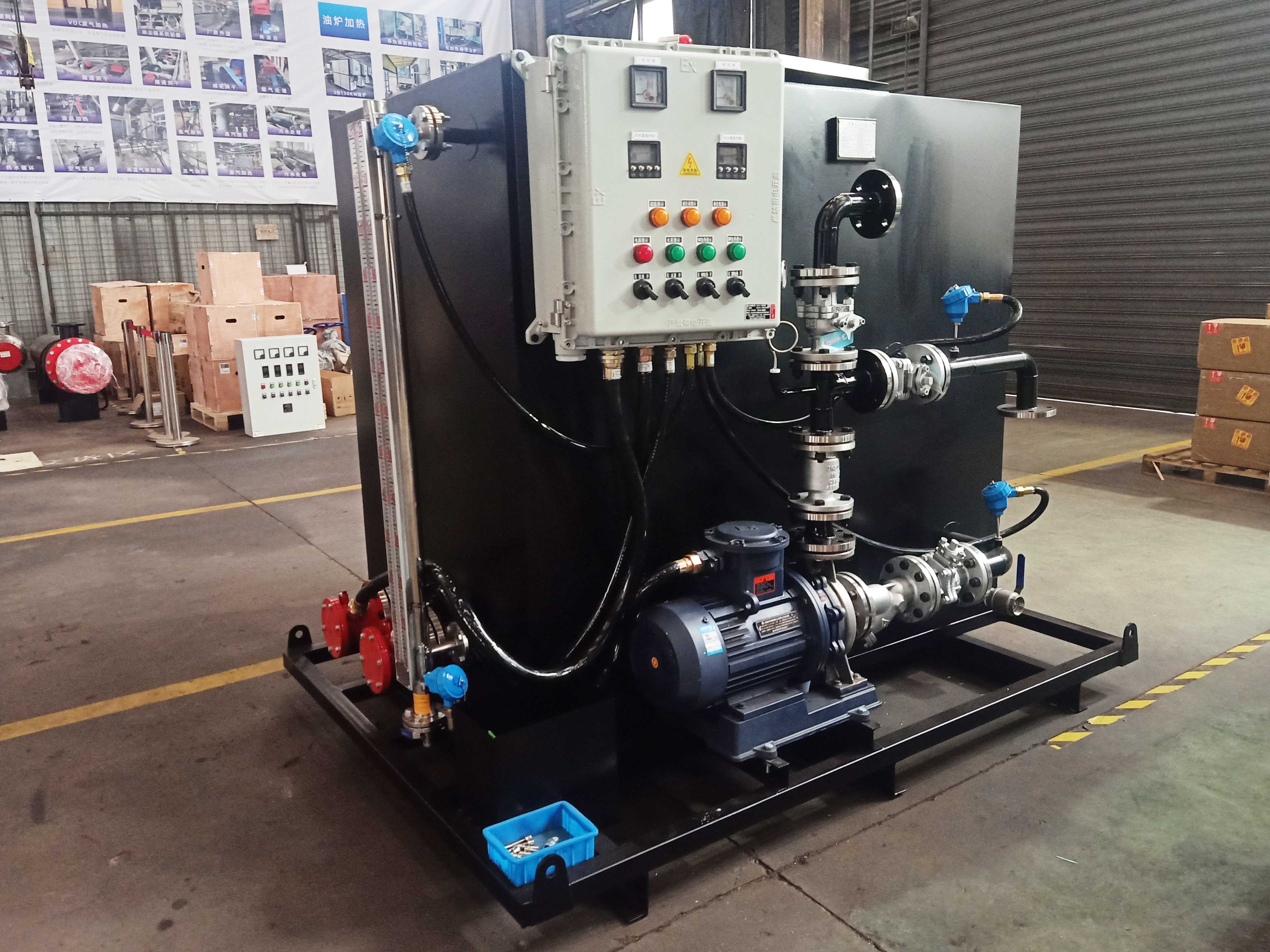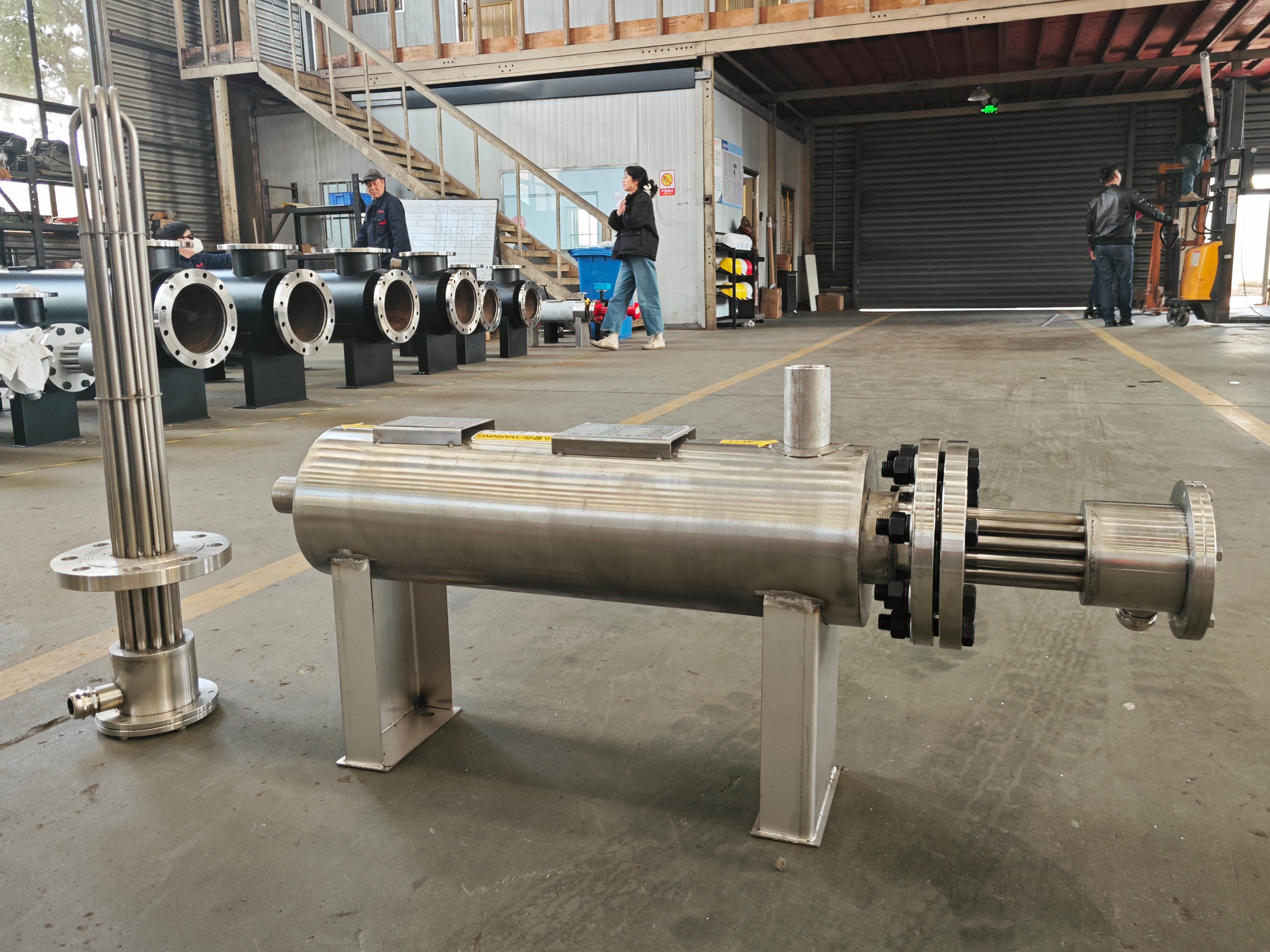1. Basic heating method
The water tank heater mainly uses electrical energy to convert into thermal energy to heat water. The core component is the heating element, and common heating elements include resistance wires. When current passes through a resistance wire, the wire generates heat. These heat are transferred to the pipe wall in close contact with the heating element through thermal conduction. After the pipeline wall absorbs heat, it transfers the heat to the water inside the pipeline, causing the temperature of the water to rise. In order to improve heat transfer efficiency, there is usually a good thermal conductive medium between the heating element and the pipeline, such as thermal grease, which can reduce thermal resistance and allow heat to be transferred from the heating element to the pipeline faster.

2. Temperature control principle
Water tank heaters are generally equipped with temperature control systems. This system mainly consists of temperature sensors, controllers, and contactors. The temperature sensor is installed in a suitable position inside the water tank or pipeline for real-time monitoring of water temperature. When the water temperature is lower than the set temperature, the temperature sensor feeds back the signal to the controller. After processing, the controller will send a signal to close the contactor, allowing the current to start heating through the heating element. When the water temperature reaches or exceeds the set temperature, the temperature sensor will feedback the signal to the controller again, and the controller will send a signal to disconnect the contactor and stop heating. This can control the water temperature within a certain range.

3. Circulating heating mechanism (if applied to a circulating system)
In some water tank heating systems with circulation pipelines, there is also the participation of circulation pumps. The circulation pump promotes the circulation of water between the water tank and the pipeline. The heated water is circulated back to the water tank through pipes and mixed with unheated water, gradually increasing the temperature of the entire water tank uniformly. This circulating heating method can effectively avoid situations where the local water temperature in the water tank is too high or too low, improving heating efficiency and water temperature consistency.
Post time: Oct-31-2024




